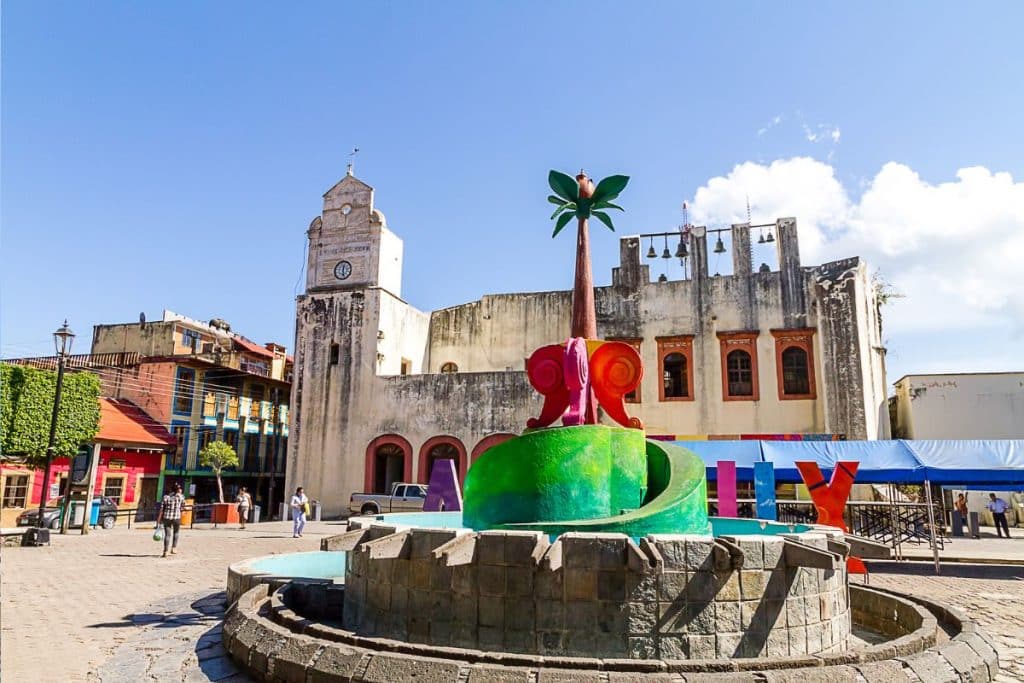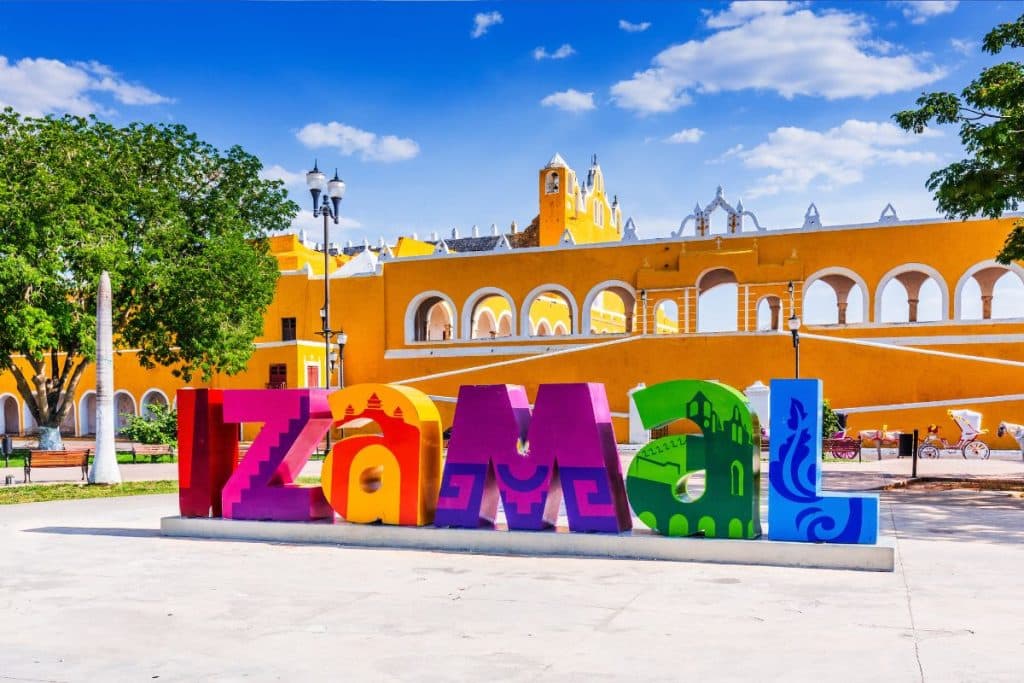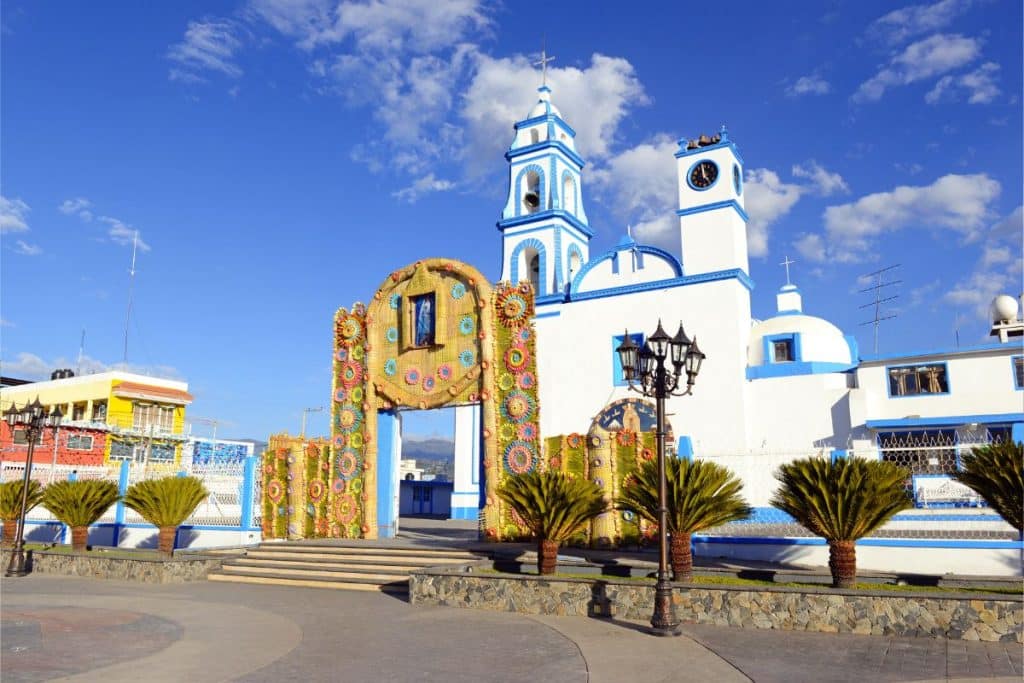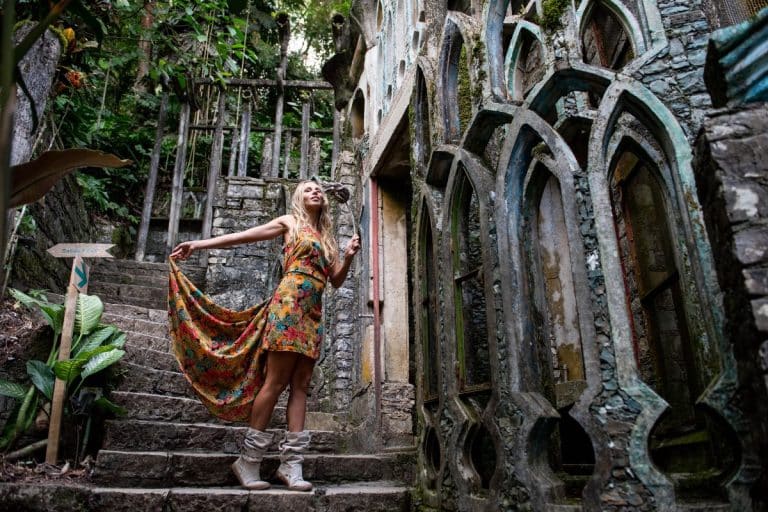The Pueblos Mágicos (Magical Towns) program, launched by the Mexican government in 2001, recognizes towns for the diversity of their natural and cultural resources. A town must have beautiful landscapes, enduring customs, and old architecture to receive this great distinction. These places have their own identity that deserves to be discovered because of the symbolism, mythology, and history surrounding them.
There are 132 magical towns in the country, but if you are looking for a little magic, here are 8 you can visit right away.
Tequila, Jalisco

This is the place to go if you want to taste a good tequila and see how it is made from start to finish. The name actually derives from a Nahuatl (or Aztec) word meaning “place of tribute,” and most places here pay homage to the craft of distilling the blue agave into the well-known alcoholic beverage.
Xilitla, San Luis Potosí

The cultures of Mexico and surrealism are inextricably linked, but one town brings out the best of both. It combines lush foliage with a building-sized work of art, complete with unfinished concrete columns, staircases, and maze-like corridors. Here you’ll also find fantastic organic coffee and delicious local specialties like enchiladas potosinas, which are enchiladas cooked with dough soaked in chili.
Valladolid, Yucatán

On the Yucatán Peninsula, Valladolid is considered one of the oldest and most picturesque towns. The Casona de Valladolid, an 18th-century house where wealthy families hosted parties in the early 1900s, is just one example of the many grand colonial mansions, museums, and small hotels and restaurants located in old buildings.
Bacalar, Quintana Roo

The town’s central business district is as charming as you can imagine, with eateries along pedestrian-friendly sidewalks, many serving fresh seafood. Bacalar’s natural beauty is also celebrated in the more than 100 murals of street art.
San Cristóbal de Las Casas, Chiapas

This area of Chiapas is distinctive because it blends the splendor of colonial and colorful buildings with the beautiful jungle that envelops the town. The town resembles an open-air museum thanks to the collection of meticulously preserved buildings from the 16th, 17th and 18th centuries, which include baroque and neoclassical architectural styles.
Izamal, Yucatán

Picture a town where all the buildings are painted golden yellow and where different historical cultures coexist. Izamal is just that. The juxtaposition of prehispanic buildings and colonial architecture encourages visitors to explore the rich culture of the region.
Orizaba, Veracruz

The volcano Pico de Orizaba, the tallest mountain in Mexico, is known to be visible from Orizaba. The name of the municipality derives from an Aztec word meaning “place of joyful water,” a reference to the river that flows through the town and over numerous stone bridges. In addition to its picturesque nature, the town also offers impressive colonial architecture that has been well preserved.
Palenque, Chiapas

If you want to experience the natural splendor of the southern Mexican rainforest, you should come here. Although Palenque is a tiny town, it is home to a national park, an archeological site and one of the most significant Mayan cities. When you arrive, you will see a clearing with Mayan palaces and pyramids.

